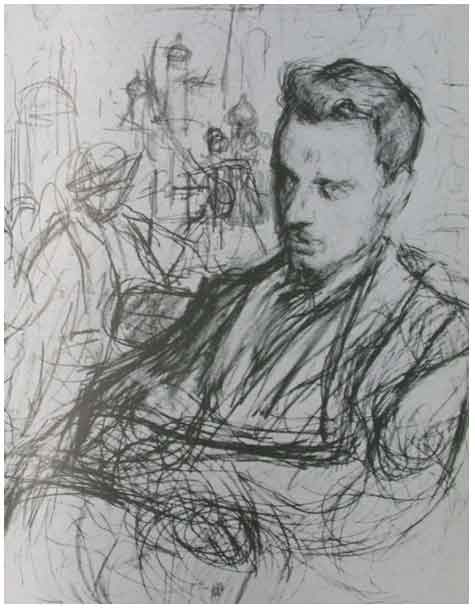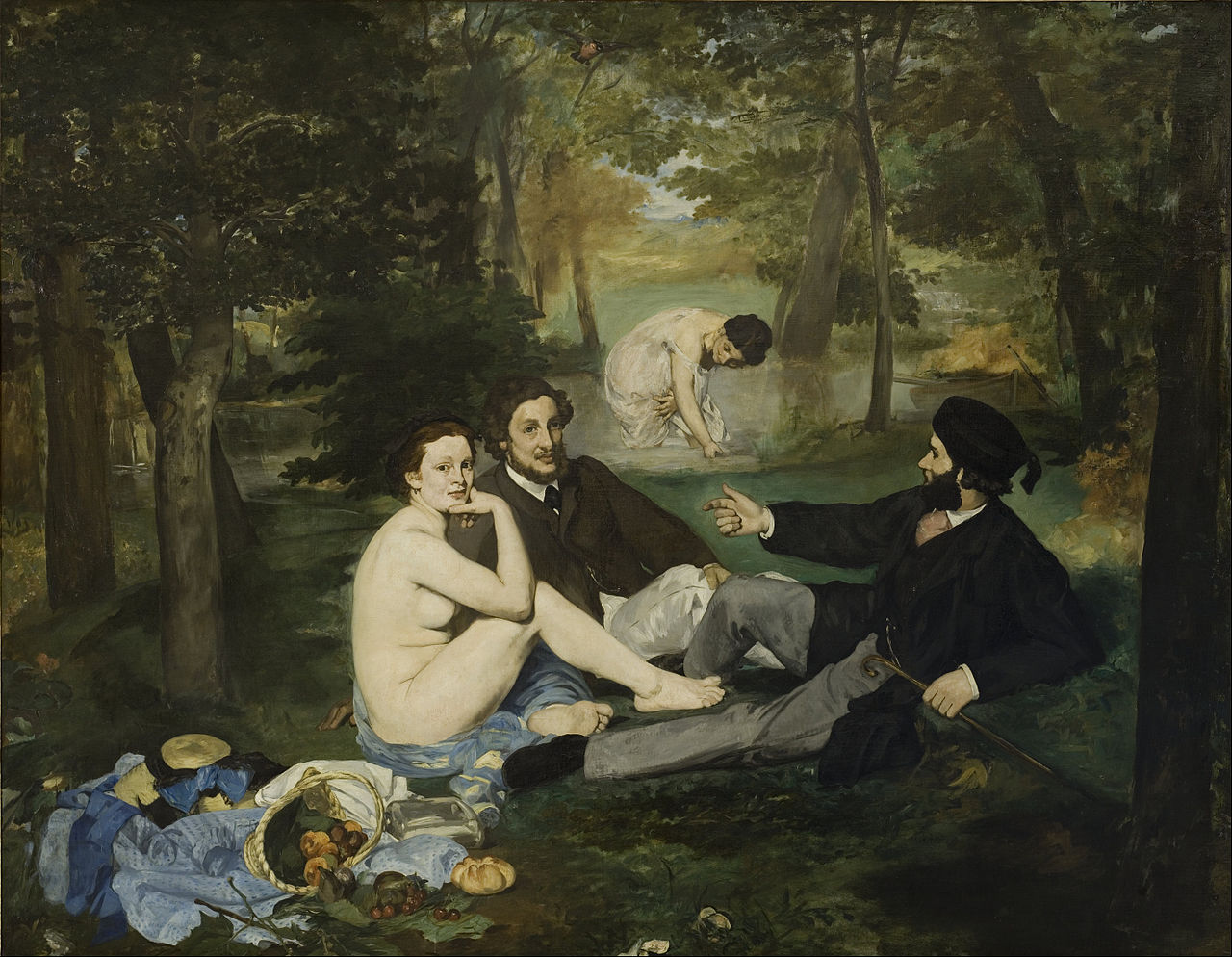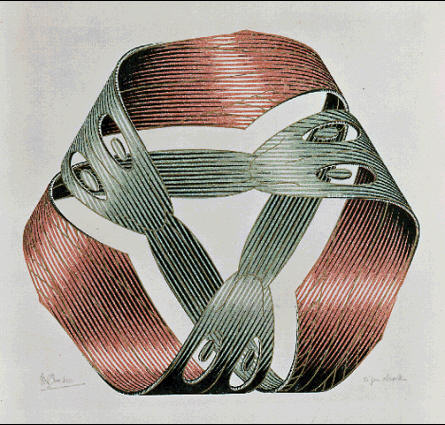In their recent book, “Art as therapy”, Alain de Bottom and John Armstrong write that the question of what Art is for “has, quite unfairly, come to feel impatient, illegitimate, and a little impudent.”
Do I share this feeling — and the accompanying reluctance to discuss this question?

I think so, yes: if someone were to ask me this question, “What is Art for?” in a personal conversation, I would probably feel awkward and look sheepish (or arrogant — these two are commonly confused). Questions feel impudent if you feel obliged to know the answer, but don’t. And so it is with this question: I don’t know the answer — even though, as a painter, I feel that I probably should have one ready. But then again, it may be one of the questions that don’t really have the answer; one may have to live the question, as Rilke said in a letter to a young poet. “Perhaps, — he continued, — you will then gradually, without noticing it, one distant day live right into the answer.”
Perhaps I should just go ahead and memorise Rilke’s suggestion just in case someone asks me? Because insofar as I feel like I have lived into some answer to this question (an answer if not the answer), how can I put it into words? Try to put it in general, universal terms — and it sounds too audacious, too lofty, way over the top (I almost hear myself telling myself “Come off it” before I even open my mouth). Try to be more personal — but then the question feels way too private, the answer too intimate to be voiced (as though someone were to casually ask me to explain what it is I love about my husband).

And so, unfairly or not, but the question does end up feeling illegitimate and impudent — which makes it immensely tempting to resort to the familiar “art for art’s sake” adage; perhaps Kandinsky was right: it’s the best the age we were born into can attain to.
But there is the rub: we aren’t just born into this age; it’s also we ourselves who make it what it is, complete with its growing art-alienation (which may be but another aspect of the life alienation of the modern world). As Kandinsky puts it, “those who could speak have said nothing, those who could hear have heard nothing.” Or, in de Botton and Armstrong’s somewhat more detached language:
“We are likely to leave highly respected museums and exhibitions feeling underwhelmed, or even bewildered and inadequate, wondering why the transformational experience we had anticipated did not occur.”
And this is what they propose to change with their concept of “art as therapy” — the concept of art as a “tool” that, like other tools, “has the power to extend our capacities beyond those that nature has originally endowed us with.” Art “compensates us for certain inborn weaknesses, in this case of the mind rather than the body, weaknesses that we can refer to as psychological frailties.”

Metaphors are our way of understanding the unknown: we equate it with something familiar, something we feel we already know. “Art-as-therapy” is such a metaphor: therapy stands for a familiar, established way of healing human psyches — or, if we abandon Greek and put it in plain English, of healing our souls. If an artist were to tell you that he is out to heal and transform your soul (as Kandinsky does, by the way), it would likely sound pretentious and overblown to a modern sceptical ear. “Art as therapy” metaphor has exactly the same meaning, but adds a demystifying, comforting, almost “scientific” ring to it. Actually, I am hypothesising here, because I happen to be less familiar with (and more suspicious of) therapy than with art. After all, art has been around for fifty thousands years at least, while therapy is what? Barely one century old?
“Art-as-tool” is another demystifying metaphor; after all, we’ve got lots of tools for expanding the capacities of our minds — so art must be just one of them, something like an old-fashioned Google Search (in fact, compensating for the inborn weakness of human memory is the very first “function of art” discussed in the book; I suspect Google Search might be a more effective tool for this particular job).
The value of these metaphors (of which, as you might have noticed, I am not entirely convinced) will become clear (or not) in how well they “work”: whether they make their way into our shared worldview and help to decrease the art alienation in our world (and the book is filled with specific proposals to this end).
In the meanwhile, they made me think of another metaphor for art — something I could honestly say if casually asked what art is for. Here it is:
Art is a Möbius strip for reality.

If you don’t know what “Möbius strip” is, it might not seem like a good metaphor. But you can do it yourself very easily: just take a paper strip, give it a half-twist, and then join the ends to form a loop. What happens is this: the paper strip now has only one surface. If you look at it at any specific point, it still seems to have two neat sides — but follow it from this point with a finger tip, and it will soon find itself on “the other side”, without ever actually jumping from one side to another. With one movement, you have created an object with a single surface. And not only this: it now has neither a beginning nor an end. I still remember the sense of unbelievable miracle when my father showed me how it works (I must have been about five — one is eager for miracles at that age, but this one still stays with me).
But what does it have to do with art? The thing, our lives are happening in the constant state of duality — between spirit and matter, between soul and body, between consciousness and nature, between “inner” and “outer” (each age choosing its own terms).
Whether this duality is real or illusionary is an interesting question, turning the duality on itself: Does it reside in consciousness or in nature? Does it belong to the mind or the matter side of itself? And which of these sides is actually real? Be it as it may, we are stuck with it, because it is so deeply and unavoidably embedded in our languages: one cannot even begin to talk without, consciously or unconsciously, dragging the duality in. Notice how it is right there when de Botton and Armstrong explain the function of art (in the quote above), in this case opposing the mind and the body.
What art does with reality is exactly what a Möbius strip does: it temporarily banishes its duality. It gives the reality a half-twist and momentarily joins the ends. It quite simply, literally doesn’t belong to either side (or belongs to both of them, which is the same thing), however we define or describe the split: it’s the inner making an appearance in the outer, the mind shaping the matter, the subjective transforming into the objective (and vice versa).
As I was writing this, Maria Popova published a post about Anne Lamott’s book (“Stitches: a handbook of meaning, hope and repair”). Here is one quote:
When you love something like reading — or drawing or music or nature — it surrounds you with a sense of connection to something great. If you are lucky enough to know this, then your search for meaning involves whatever that Something is.
This sense of connection comes, I believe, from the dissolution of duality — from connecting the two sides of life into one. That’s what Art is for.
[share title=”If you’ve enjoyed reading this post, please consider sharing it!” facebook=”true” twitter=”true” google_plus=”true” linkedin=”true” pinterest=”true” reddit=”true” email=”true”]